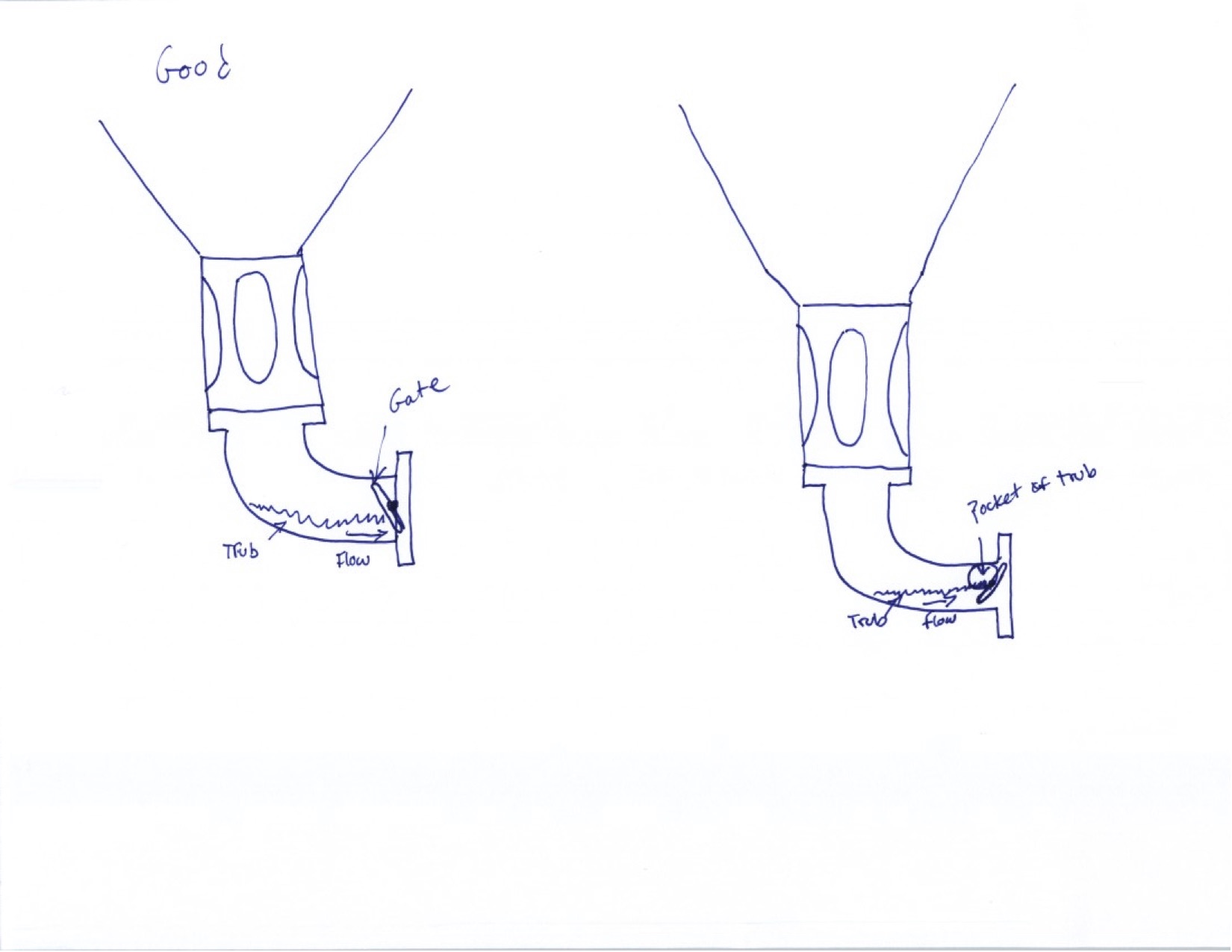Nate R
Well-Known Member
No, but this has always been a curiousity/worry of mine.The first thing I did before every fermenting a beer in my CF15 was to purchase an additional butter fly valve which I installed in line with the sampling port, this allows me to keep gunk out of the port as well as be able to swap stuff out and not leave them to the elements inside.
I am currently crashing my first beer in it, an Oktoberfest and I am noticing a 5 degree difference between what the calibrated Tilt hydrometer (colder) and the thermowell is reading with a inkbird in it. Anyone else notice a difference between the thermowell reading and actual temp?
Question- did you notice a difference between tempa during regular fermenting? If so, how much?
Thanks


![Craft A Brew - Safale S-04 Dry Yeast - Fermentis - English Ale Dry Yeast - For English and American Ales and Hard Apple Ciders - Ingredients for Home Brewing - Beer Making Supplies - [1 Pack]](https://m.media-amazon.com/images/I/41fVGNh6JfL._SL500_.jpg)

























































